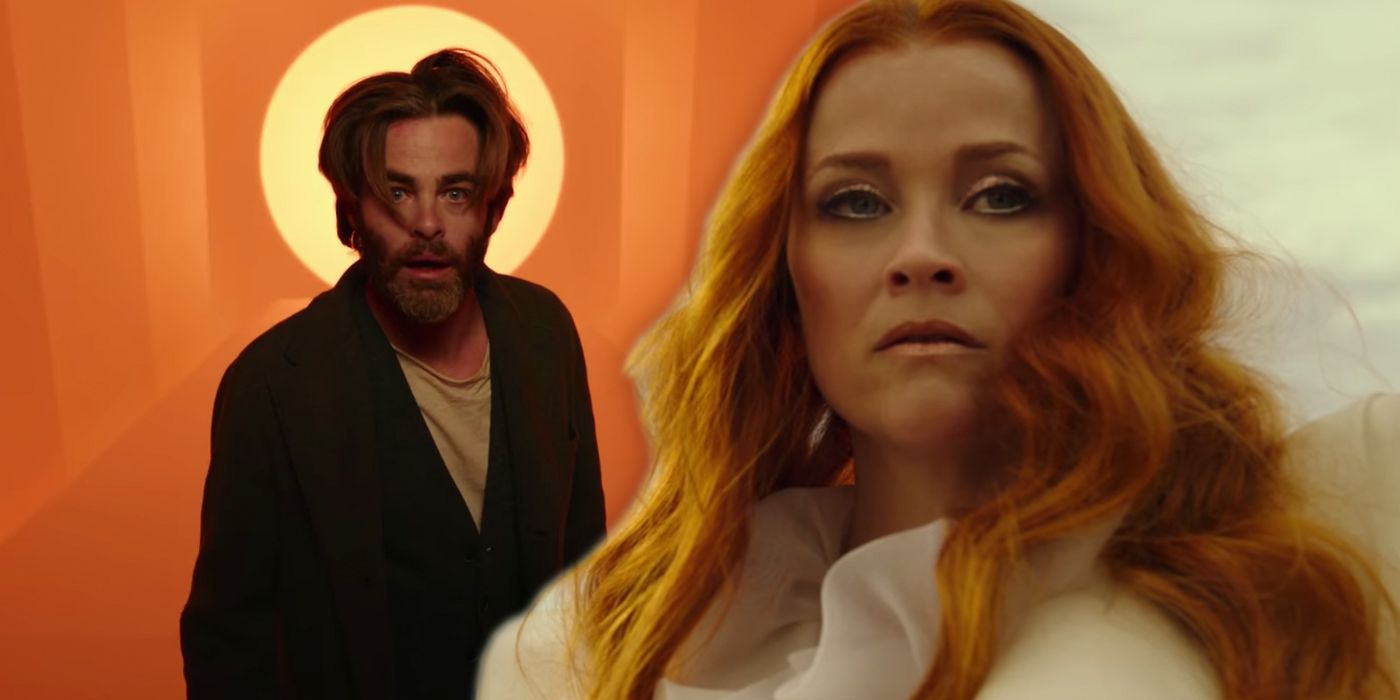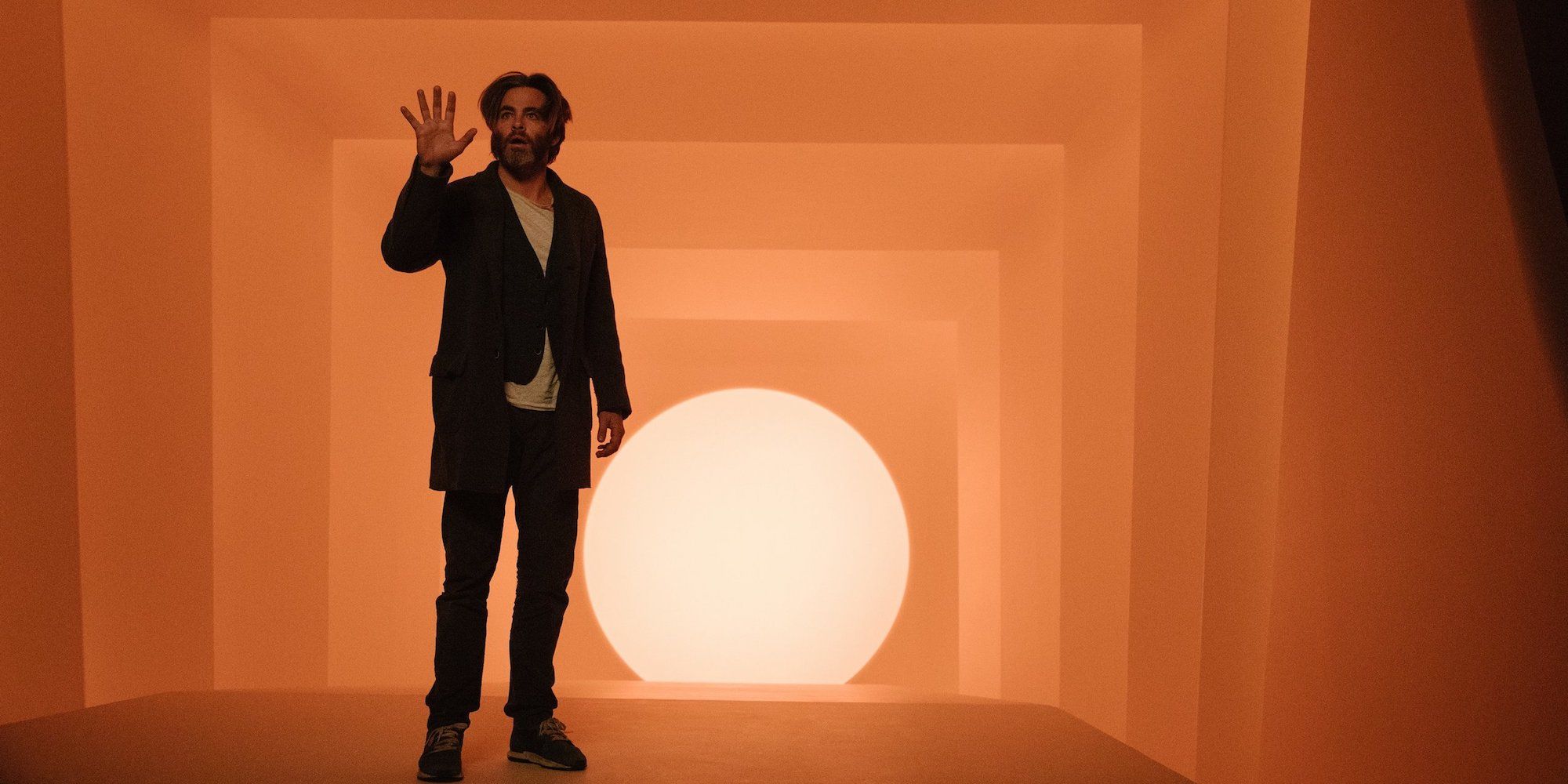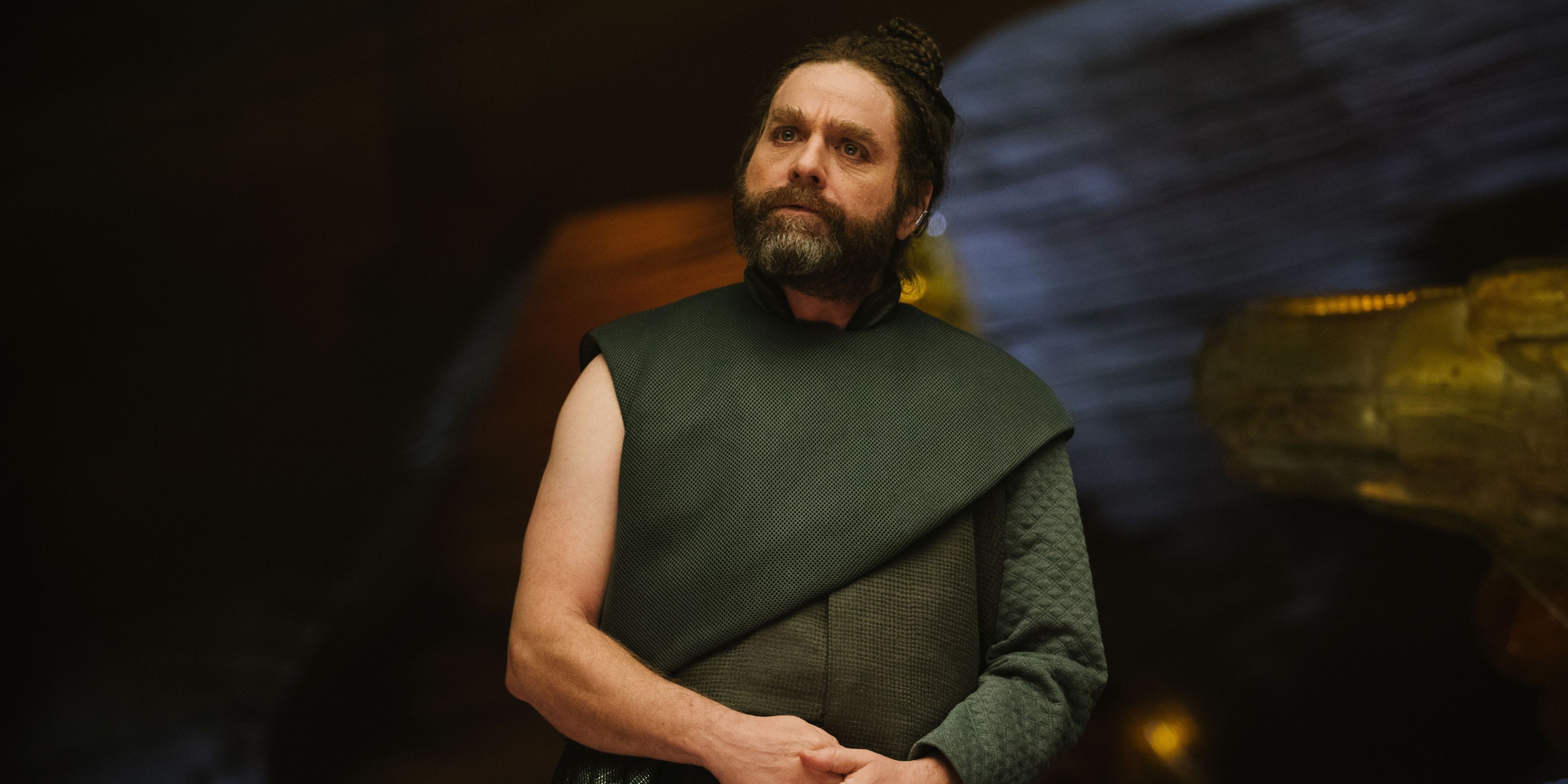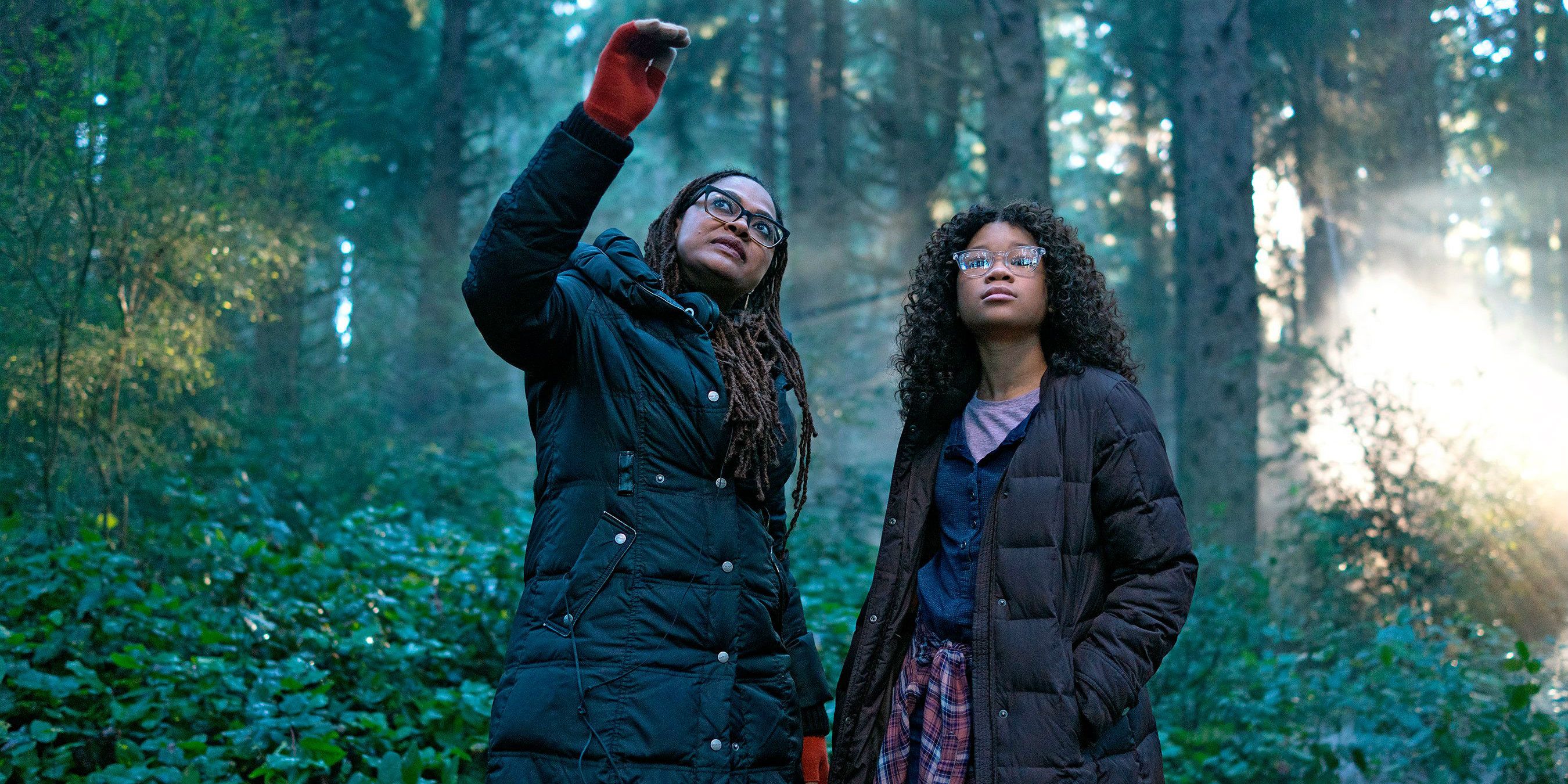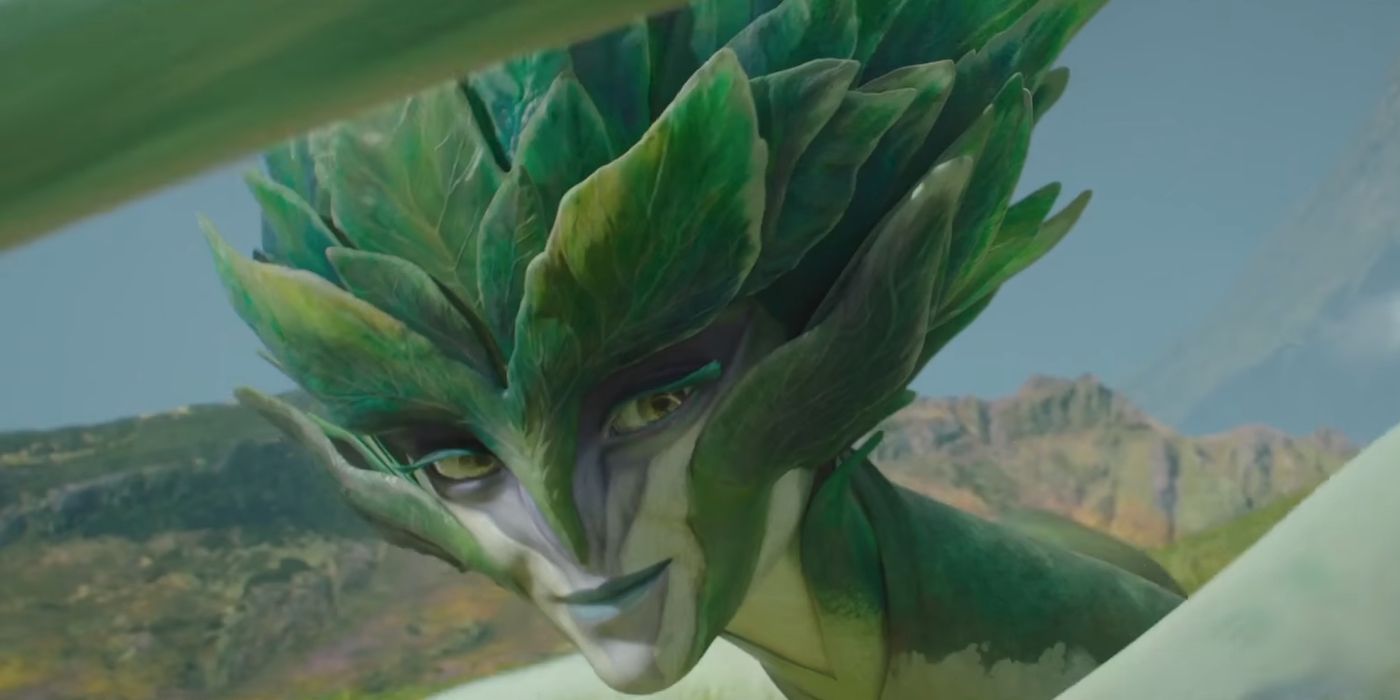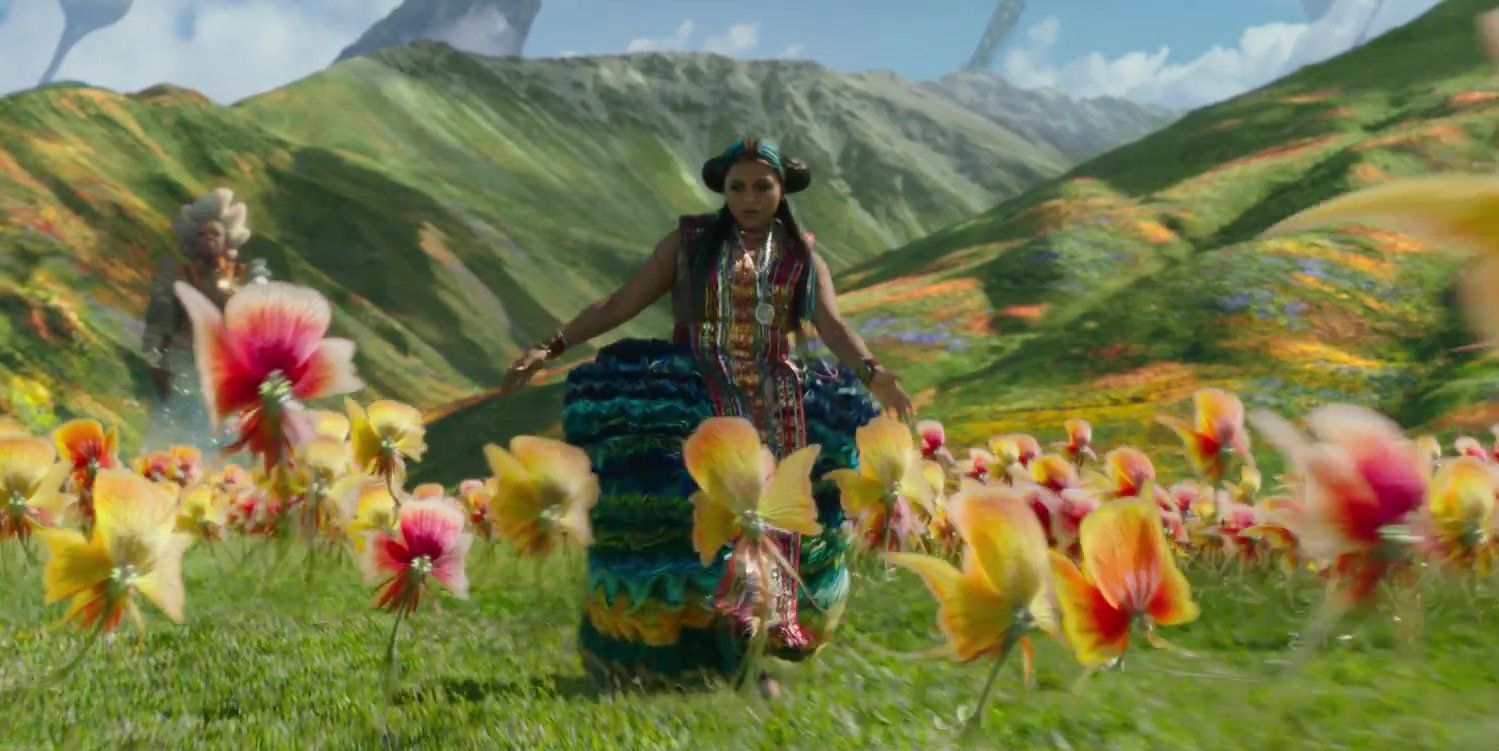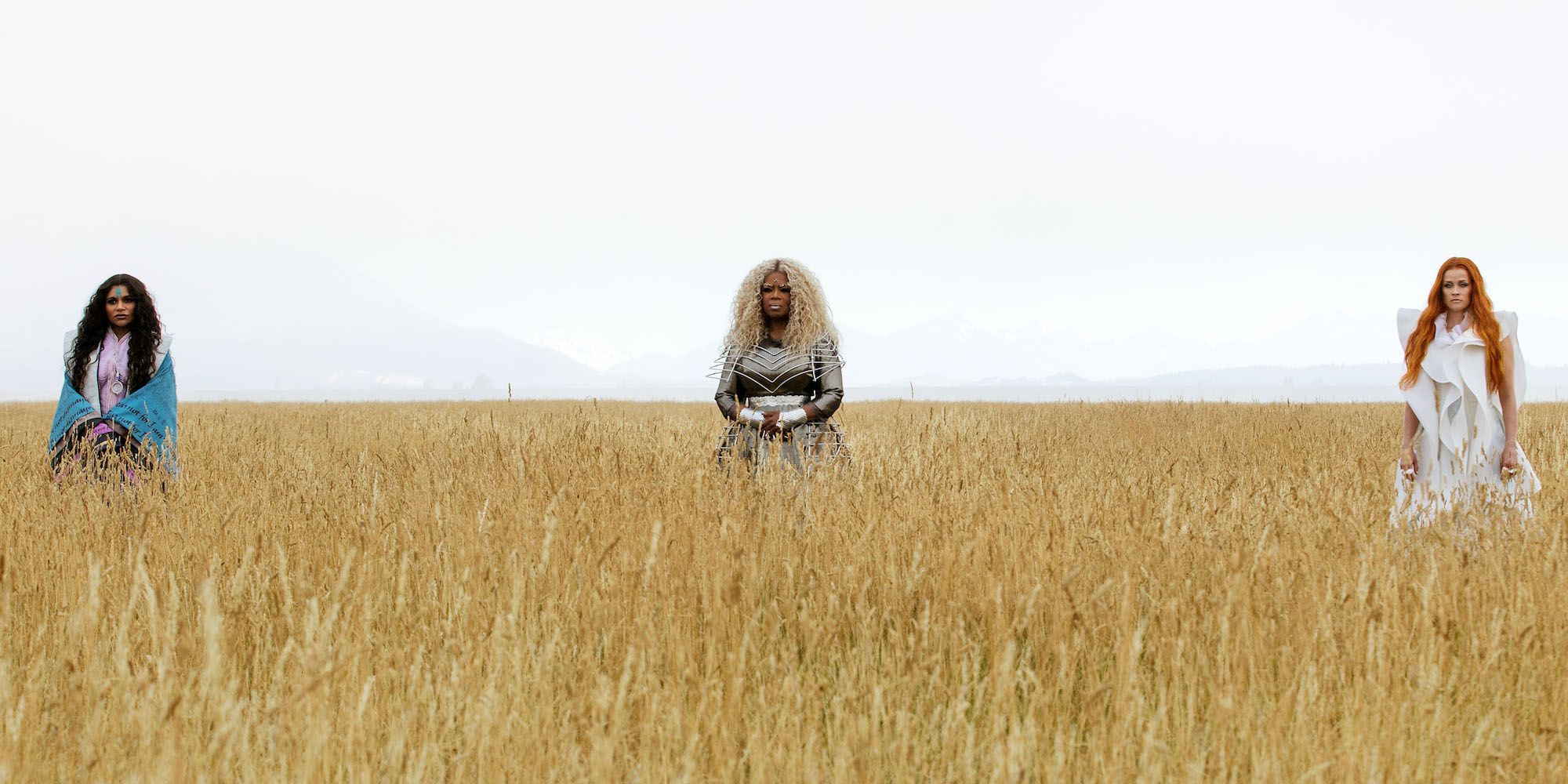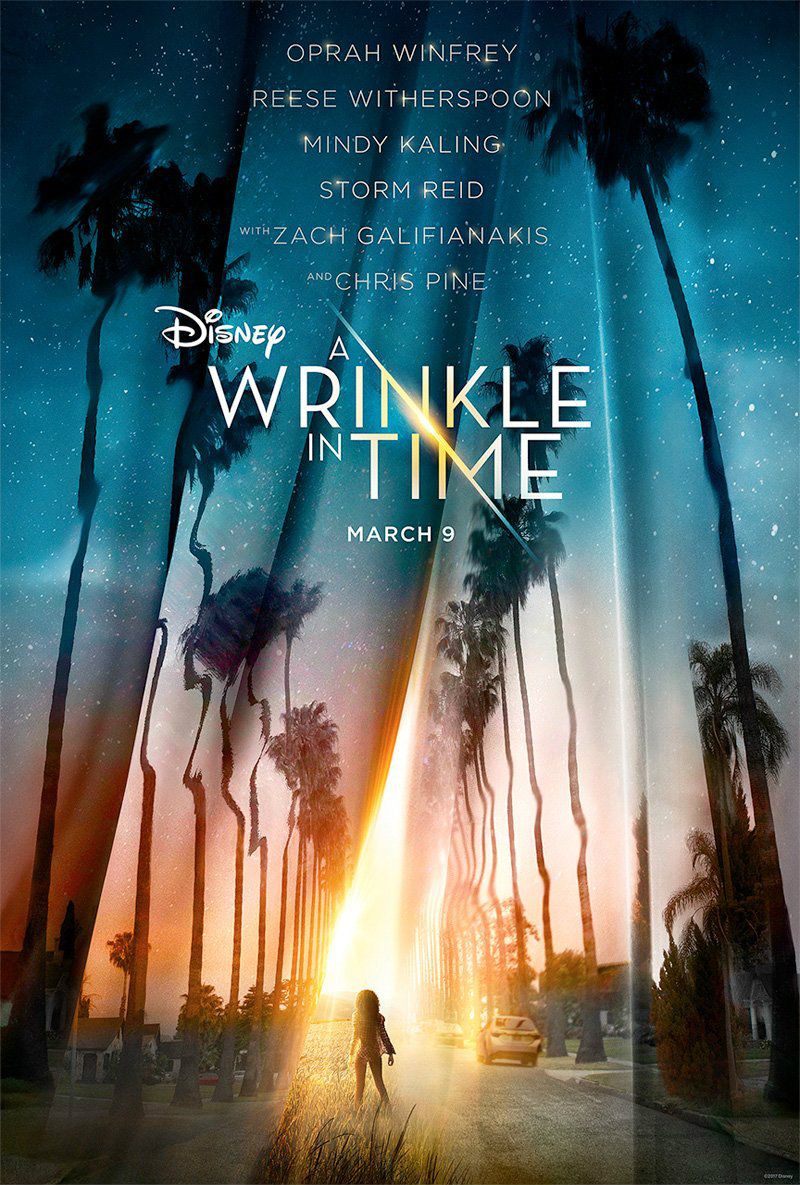Disney's A Wrinkle in Time has debuted to mixed reviews and a daunting box office fight. Based on the 1962 novel by Madeleine L'Engle, Ava DuVernay's ambitious but flawed adaptation raises the question of whether any version of the book could have worked.When it comes to adapting beloved works of art to another medium, a word which gets frequently thrown about is "unfilmable." Cloud Atlas, Watchmen, Inherent Vice, and countless others were described as unfilmable, yet they all made their way to the multiplex. And they all proved to be polarizing movies with a great many fans and detractors who love and hate the adaptations with equal and opposite levels of passion.Related: A Wrinkle in Time Review: Disney's Latest is a Beautiful MisfireThe latest unfilmable novel to get the big-screen treatment is A Wrinkle in Time. Praised for its use of science fiction and Christian themes (although L'Engle was often accused of offending her more conservative readers), A Wrinkle In Time is one of those books which are written for children but doesn't read like a "kids' book". It doesn't talk down to its audience, nor does it patronize them like a preacher sermonizing to the choir; A Wrinkle in Time is special because it walks the fine line of being targeted for children and acknowledging adults as a periphery demographic while embracing serious themes without hiding any of its messaging beyond the comprehension of younger readers. That's why it's a classic. It's also a sprawling epic with way too much ground for just one movie to cover, but that didn't stop Disney, and director Ava DuVernay, from giving it their best shot.This Page: What Was A Wrinkle In Time Trying To Be?
A Wrinkle In Time Has Magic Moments - And Many Problems
The book had been adapted into a made-for-television movie in 2003, but the less said about that version, the better. Based on interviews and reports, it's clear that this new movie was a passion project for Ava DuVernay, and it shows: when the film is firing on all cylinders, it's downright magical. The imagery combines the majestic visual grandeur of something like Avatar or The Wizard of Oz with the magical realism of Terry Gilliam and an intimate characterization which viewers can relate to in their own lives, regardless of age or race.
Unfortunately, those magic moments are few and far between, sine A Wrinkle in Time is, like last year's Justice League misfire, caught between the vision of its director and the financial interests of the studio. Obviously, the situation here isn't nearly as pronounced as it was between Zack Snyder and Warner Bros., but that was an extreme case compounded by a variety of factors.
Anyone who has seen the film will likely agree, DuVernay and Disney weren't seeing eye-to-eye on what A Wrinkle in Time should be. For her part, DuVernay has insisted that she's proud of the work she accomplished on the film, but in watching the film, it's clear that she was in a bitter battle over the voice of the movie.
Related: Who's Who in A Wrinkle in Time?
What Should A Wrinkle In Time Movie Be?
A Wrinkle in Time, the book, is so many things. It's an epic sci-fi space opera about good and evil, it's a story about a young girl learning to accept who she is and that there is beauty in her flaws, and it's a celebration of the diversity of individuals who don't have to conform to social norms in order to be loved. It's a lot to take in, and it's a bit more grandiose and on-the-nose about its themes than something like Alice in Wonderland, which is much more open to interpretation.
Speaking of Alice in Wonderland, it's clear that the Tim Burton remake is what Disney was shooting for with this adaptation, just as they did with 2013's Oz: The Great and Powerful. However, those movies both carried budgets in the range of $200 million, while A Wrinkle in Time was produced for just over $100 million. That's certainly not a number to scoff at, but it's not enough to produce a deluge of pure visual splendor. Unlike 2010's Alice in Wonderland or other brainless big-budget blockbusters like Transformers or the latest Fast & Furious flicks not that there's anything inherently wrong with being nothing more than a silly good time A Wrinkle in Time needed to reinforce its limited spectacle with character, imagination, a positive message, and a solid script through which it could relay that message.
A great comparison here is Wonder Woman, which was budgeted at around $150 million. Patty Jenkins made up for the modest CGI budget and relative dearth of epic action setpieces with a beautiful story, powerful message, strong narrative momentum, and charismatic actors (including Chris Pine, who also co-stars in A Wrinkle in Time).
Page 2:
Disney And Ava DuVernay Appear To Want Different Things
To Disney, A Wrinkle in Time is the heir apparent to films like Alice and Wonderland and Oz: The Great and Powerful. It's a CGI-heavy epic about people who are transported from the mundane real world into a vibrant fantasy world of endless possibility and imagination.
Related: A Wrinkle In Time: The Most Brutal Reviews
To Ava DuVernay, A Wrinkle in Time is an adaptation of one of the most beloved children's stories ever written, and an opportunity to celebrate the 21st century by featuring international casting and showcasing interracial couples (the lead character, Meg, played by Storm Reid, is half black and half white; her parents are played by Chris Pine and Gugu Mbatha-Raw) without making a big deal out of it. It's true diversity, not tokenism or an undue tangent, and this element of the film works very well and fits within the themes of the novel without drawing attention away from the characters themselves. Likewise, the three witches are played by Oprah Winfrey, Reese Witherspoon, and Mindy Kaling, three women of three different colors, but with no attention paid to race; it's just a celebration of the diversity of today's America.
$100 Million Only Goes So Far
As mentioned earlier, there's nothing inherently wrong with a big movie about pretty colors and computer graphics, but the budget just isn't there with A Wrinkle in Time. Ava DuVernay made headlines for being the first black woman to direct a movie with a budget of $100 million. It really should have been $150 million, at least.
The film is at its most magical in the opening act, when the witches' other-worldly psychedelic costumes contrast the boring, small-town world around them, and a straightforward CGI warping effect (for Tesseract travel) reveals the difference between the mundane reality of Earth and the infinite possibility of the stars.
Unfortunately, the CGI is wildly inconsistent, ranging from nigh-photorealistic to shoddy and weak, and the bluescreen work isn't much better. When Reese Witherspoon turns into a giant, green, flying creature, it's supposed to be a transcendent moment of childlike bliss, the beauty of learning that the wildest corners of the imagination are actually real. But instead, it looks like a lost TV pilot from the 1990s about a flying lettuce dragon.
Related: A Wrinkle in Time Can't Beat Black Panther At Box Office
Certain moments look amazing, like the surreal suburban conformity nightmare sequence, complete with a disturbing (but all too brief) performance from Michael Peña on the wrong side of the uncanny valley, and some of the CGI is actually quite decent, but the visuals rarely reach the lofty heights of bigger-budgeted movies like Alice in Wonderland or Oz: The Great and Powerful.
Witches And Strange Character Problems
The CGI issues are compounded by more traditional elements. In the first act, two of the three witches are introduced with very little fanfare and the dialogue is staccato and awkward, as though conversations begin and end mid-sentence. Later, many human characters simply disappear from the film for long stretches and then reappear as though they had never been gone, and the kids often feel present primarily for plot progression instead of believable characters on a journey. It feels needlessly truncated, as if the scenes were trimmed to hit the svelte 109 minute runtime. The impression is definitely that it could have been longer.
It's possible a lot of this missing characterization was left on the cutting-room floor. It's a shame, since well-acted moments hit harder than one might expect, but not as hard as they could have if they had been built up more.
Is A Wrinkle In Time Really Unfilmable?
Was A Wrinkle in Time truly unfilmable, or did Disney's version just not do it justice? The House of Mouse has a unique history with their auteur-driven work, and they've won and lost on both sides of the equation. Big-budget flops like Tomorrowland, John Carter, and The Lone Ranger all failed after Disney tried to balance director creativity with studio vision, but they also won big with gambles like Thor: Ragnarok, Star Wars: The Last Jedi, and Black Panther, three movies which, while part of established franchises, all carry the soul of their director from start to finish, a trait which will help those movies in the long run. A Wrinkle in Time regrettably falls into the former category, but where does the problem lie: director, studio or source?
Maybe it's unfair to call A Wrinkle in Time unfilmable, but at the very least, this movie misses the mark. The book means different things to different people, and DuVernay and Disney couldn't seem to agree on what the film should be. Who knows, maybe a Director's Cut will be included on the home video release and it will fix many of the film's most glaring editing and character problems.
-
A Wrinkle in Time is still a special movie, and an important one. It's still important that Ava DuVernay had $100 million to tell a story starring a young black girl on a mission across space and time to rescue her white father while receiving guidance from guardian angels who take the forms of women of color (and Reese Witherspoon).
Representation matters so much, but so does making a good movie. By all accounts, Disney nailed it with Black Panther, but they simply missed the mark with A Wrinkle in Time.
Next: Disney Leading Other Studios in Hiring Female Directors

